|
|
|
|
|
|
|
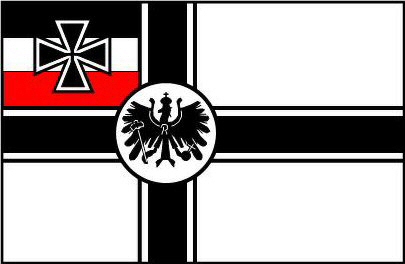 Germany
|
6cm Schnellade Boots Kanone L/21 in Ladungslafette c/1900 |
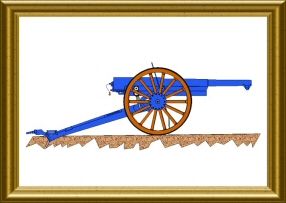 Light artillery
|
|
|
Contributor :
|
Location :
Belgium
Wommelgem
Fort Nr2
Coordinates :
Lat : 51.20247 / Long : 4.49299
|
General comments on this surviving gun :
Identical items in the same location :
1
Items covered by this file :
1
|
|
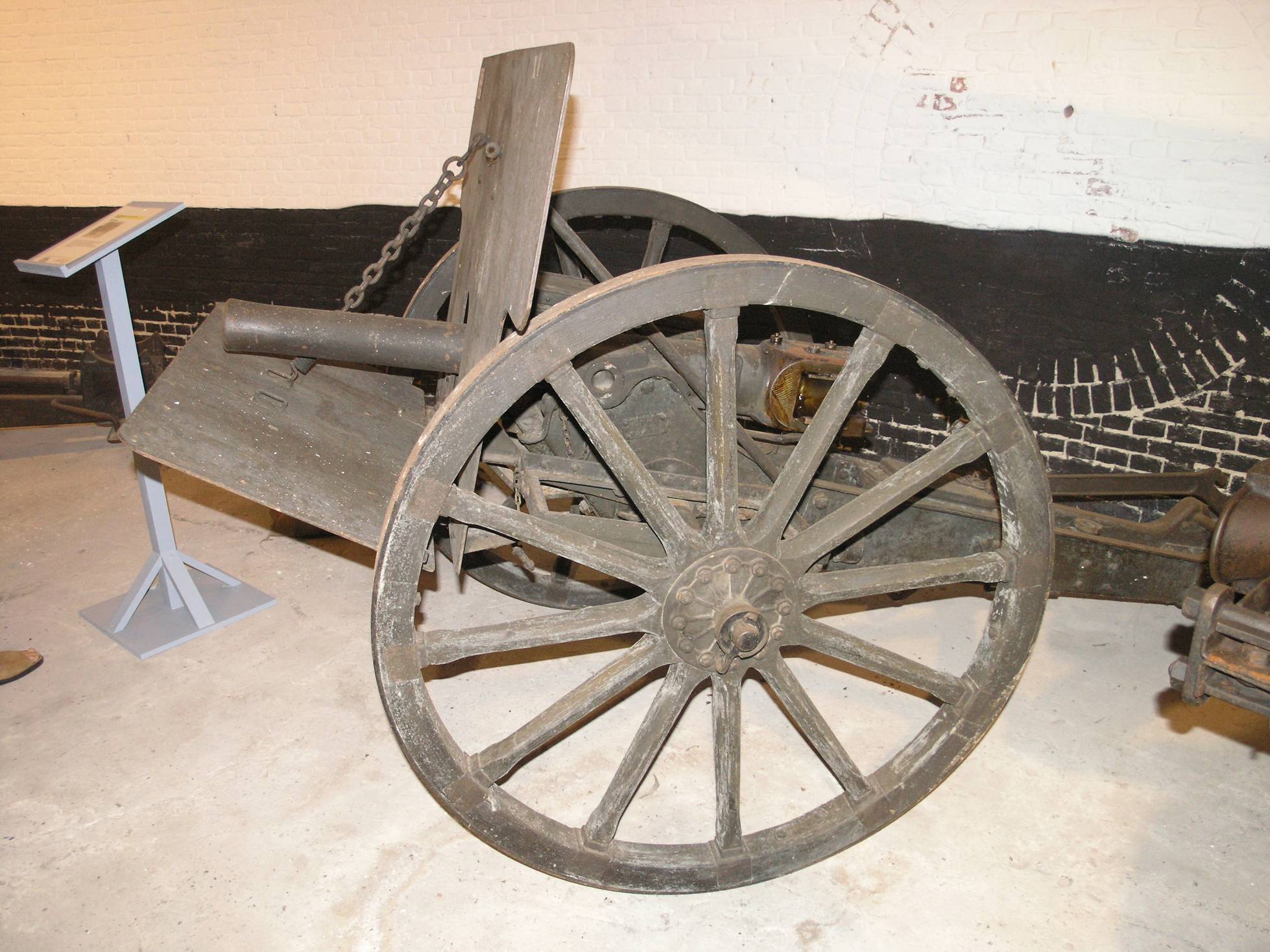
|
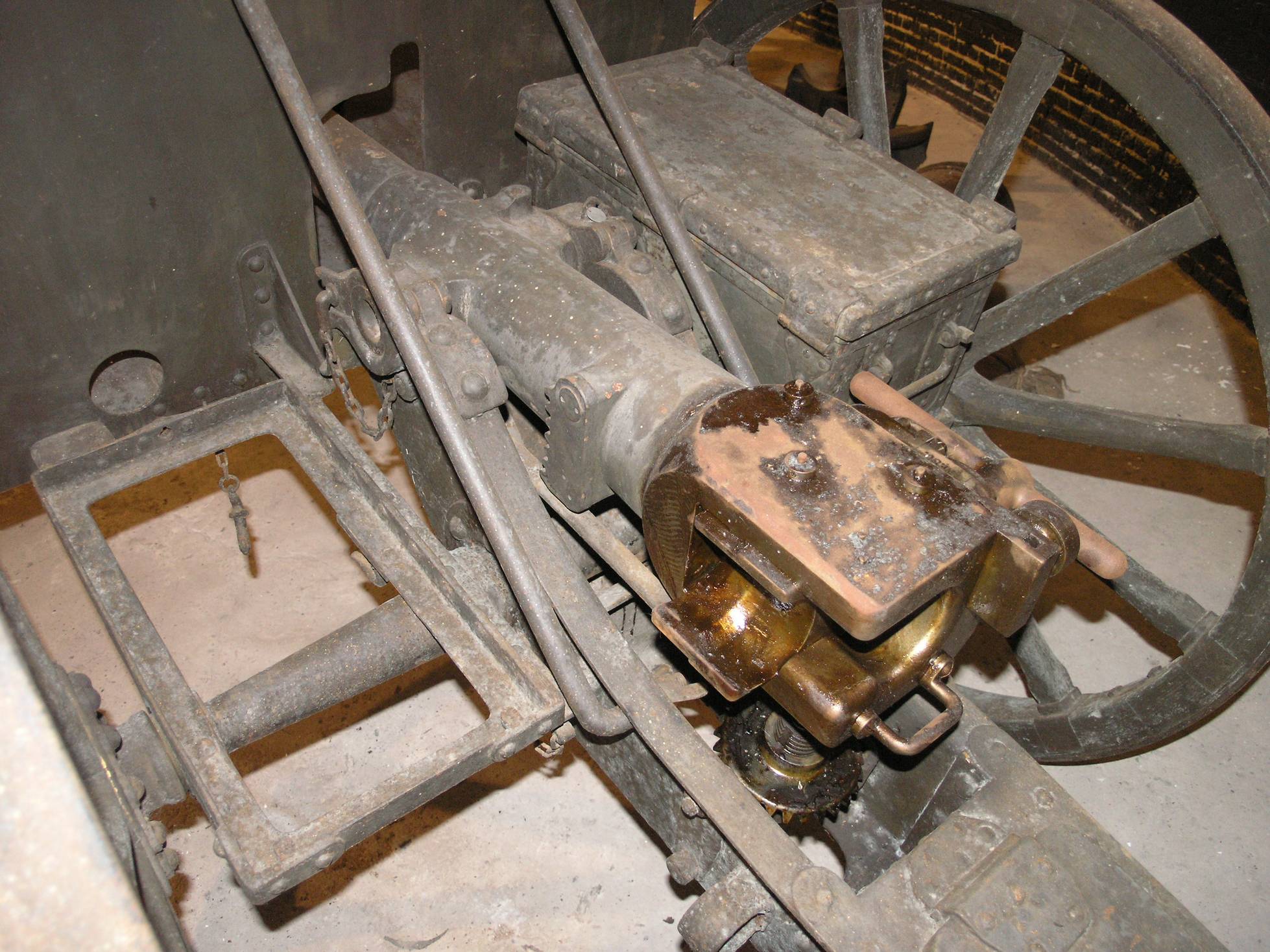
|
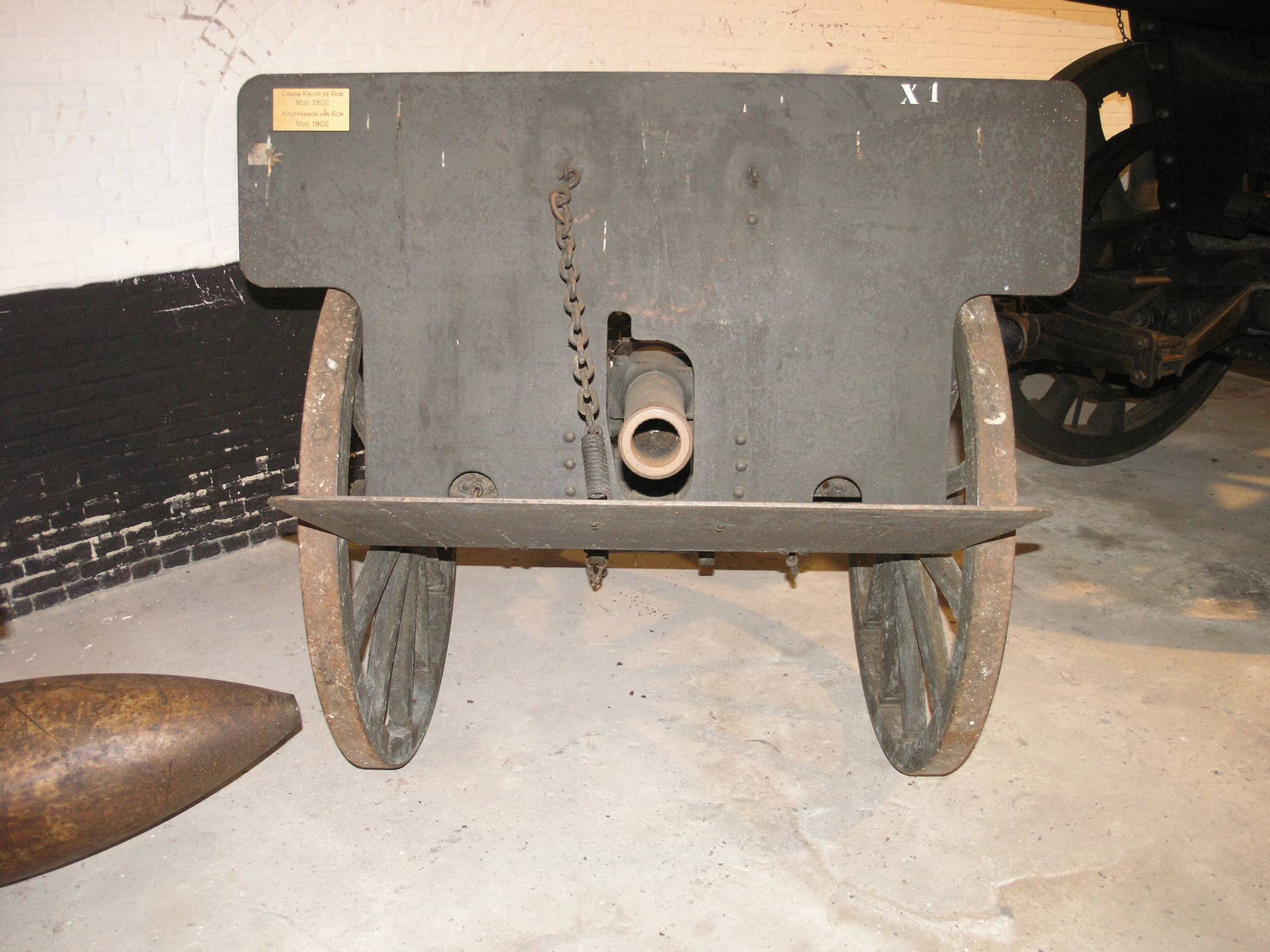
|
A rarest landing gun probably used by the MarineKorps Flanders on the Belgian coast
|
The bronze breech. Markings : 'FRIED KRUPP ESSEN 1902 - Nr80'
|
|
|
|
Historic and technical information
|
|
Denomination :
6cm S.Bts. K. L/21
|
Origin :
 (
Krupp)
(
Krupp)
|
|
Historic context :
In 1900 the German Navy adopted a small 6 cm gun designed by Krupp in 1898 as a weapon mounted on small rapid boats ('Schnellade Boots') that could, among other missions, be used as supporting firepower during a landing. When in such missions, these boats also carried a terrestrial carriage on which the tube could be adapted ('Ladungslafette') in order to be used quickly by the landing troops on the seashore.
These weapons were present on most of the big ships of the KriegsMarine and in the naval bases. From the very beginning of 1915 several such '6cm Schnellade Boots Kanone L/21 in Ladungslafette c/1900' were used by the MarineKorps Flanders that was positioned on the impressive coastal defenses of the occupied Belgian littoral, as infantry guns. It seems this unit had 12 such guns available until August 1918, but it is unsure if this only involves guns on landing carriage.
This weapon had no recoil recuperation system. The breech (and perhaps the barrel ?) was made (as seen on the surviving items) in bronze, this material being much more resistant than steel in the marine environment. In its landing version, it was equipped with a large steel shield whose lower part could be folded, probably to ease the manoeuvres on the beach.
The 6cm landing gun was sometimes used as an infantry gun on other parts of the front, but it was in this role inferior to the light minenwerfers or to the mountain guns. These 6 cm guns were used again during WW2 as weapons for rapid ships for coastal defense or anti-submarine missions.
|
Technical data :
- Complete description : 6cm rapid boat gun on landing carriage c/1900
- Design year : 1898
- Calibre : 60.00 mm
- Weight in firing position : unknown
- Weight for transportation : unknown
- Tube length in calibres : 21.00 (total tube length)
- Grooves : 0 unknown
- Projectile weight : 2.71 kg (explosif) - 2.38 kg (shrapnel)
- Initial speed : 437 m/s (high explosive) - 448 m/s (shrapnel)
- Fire rate : 12 to 14 shots / minute
- Range : 3400 m (high explosive)
- Elevation range : unknown
- Direction range : unknown
|
Sources
|
|
|
|




